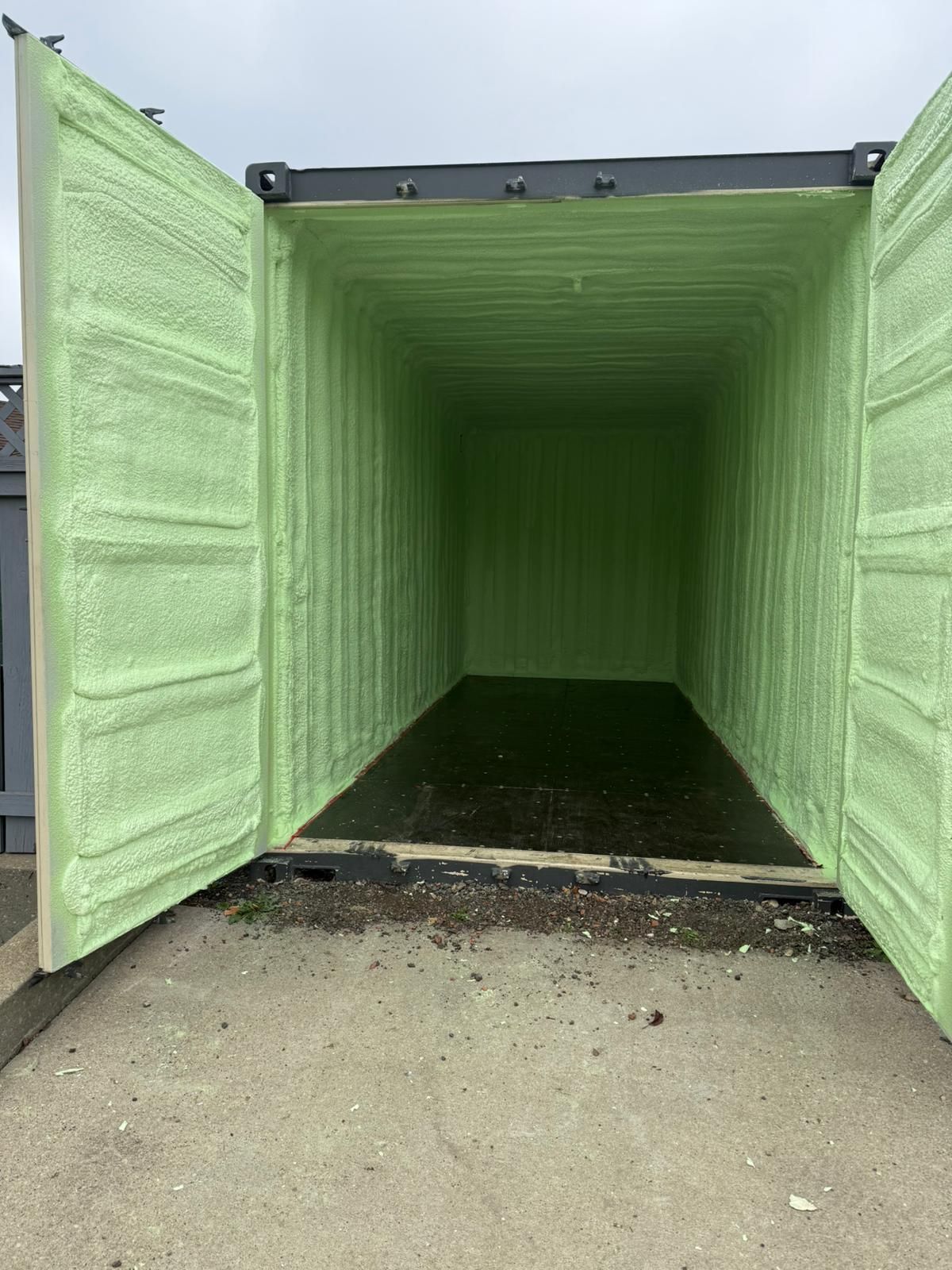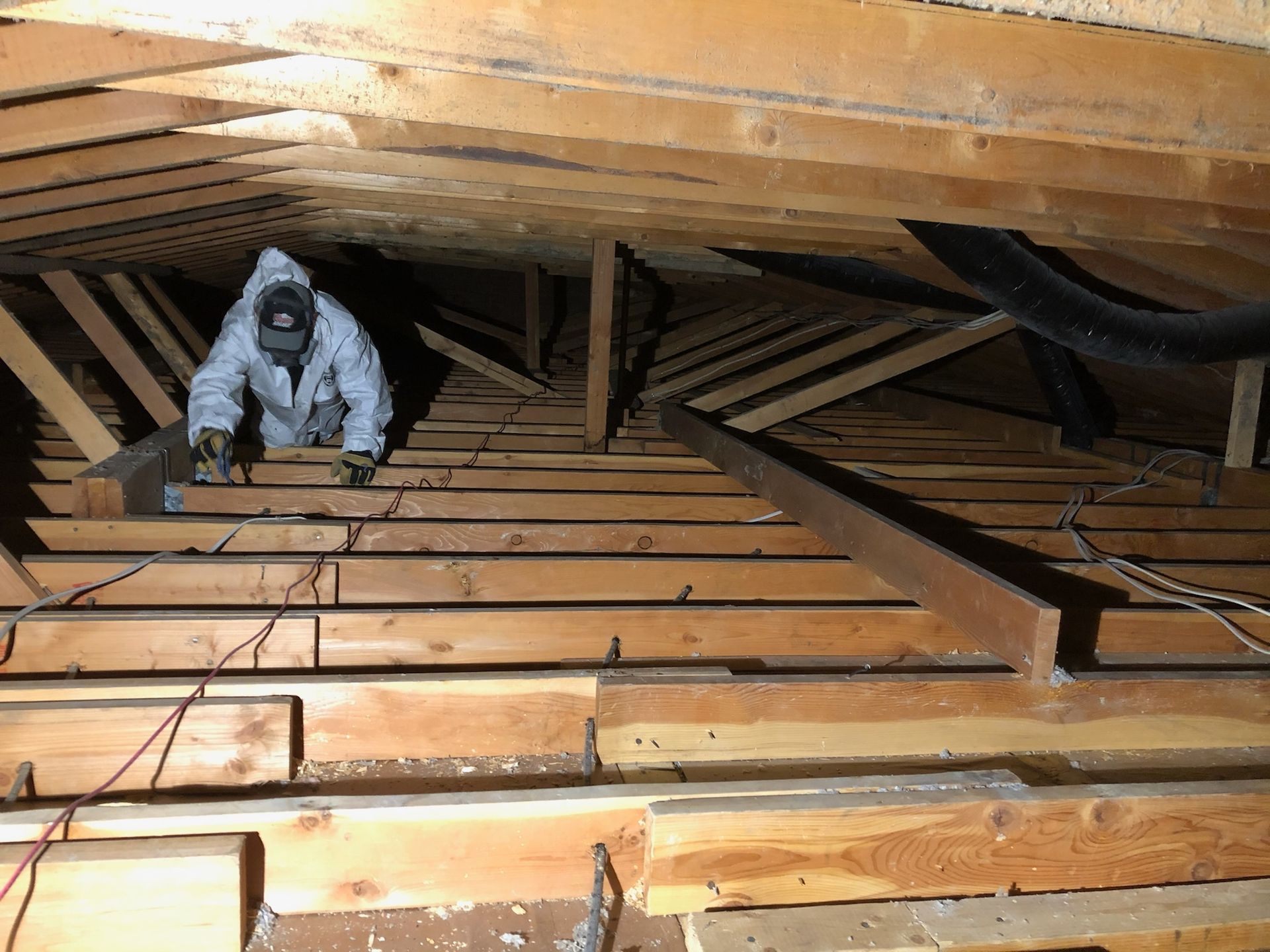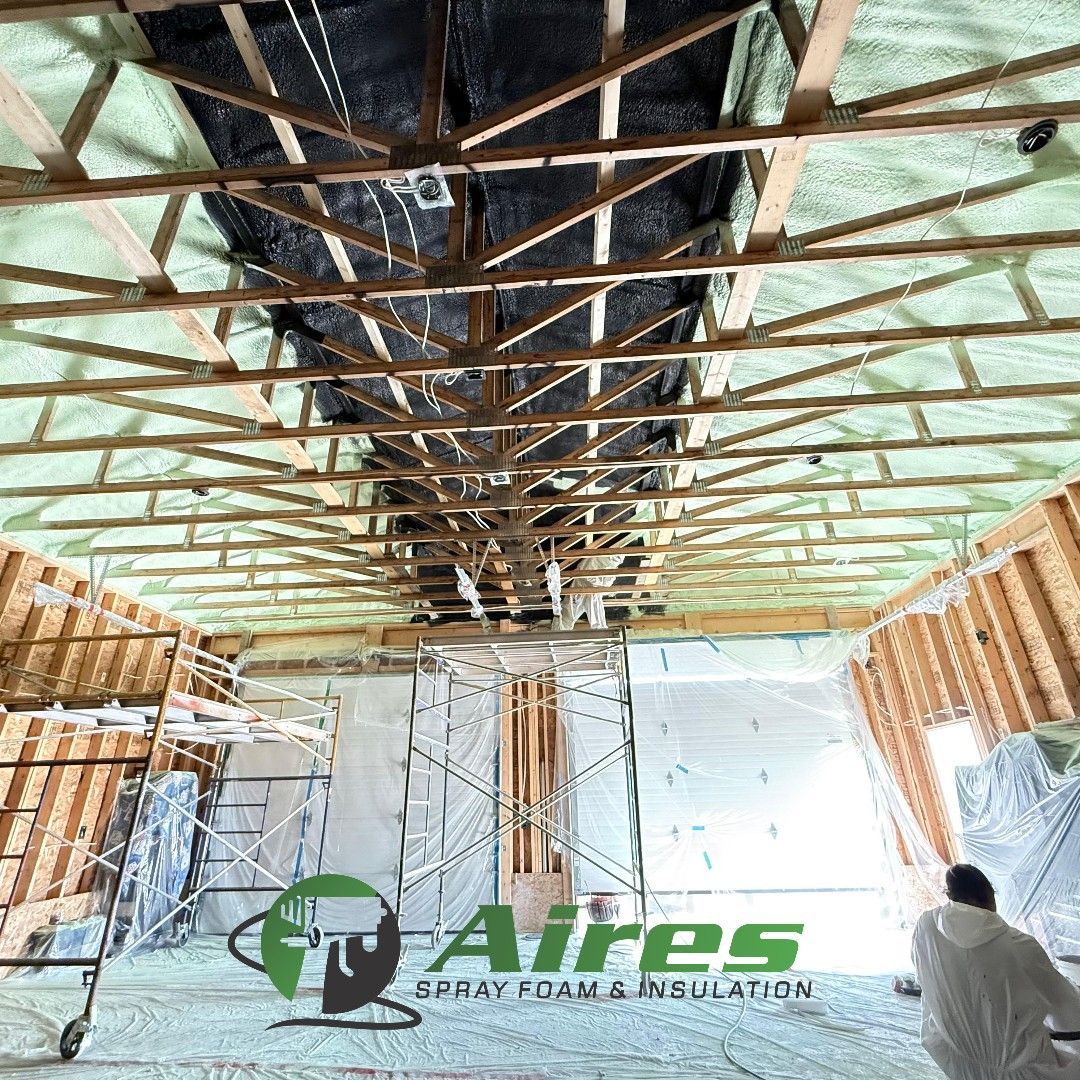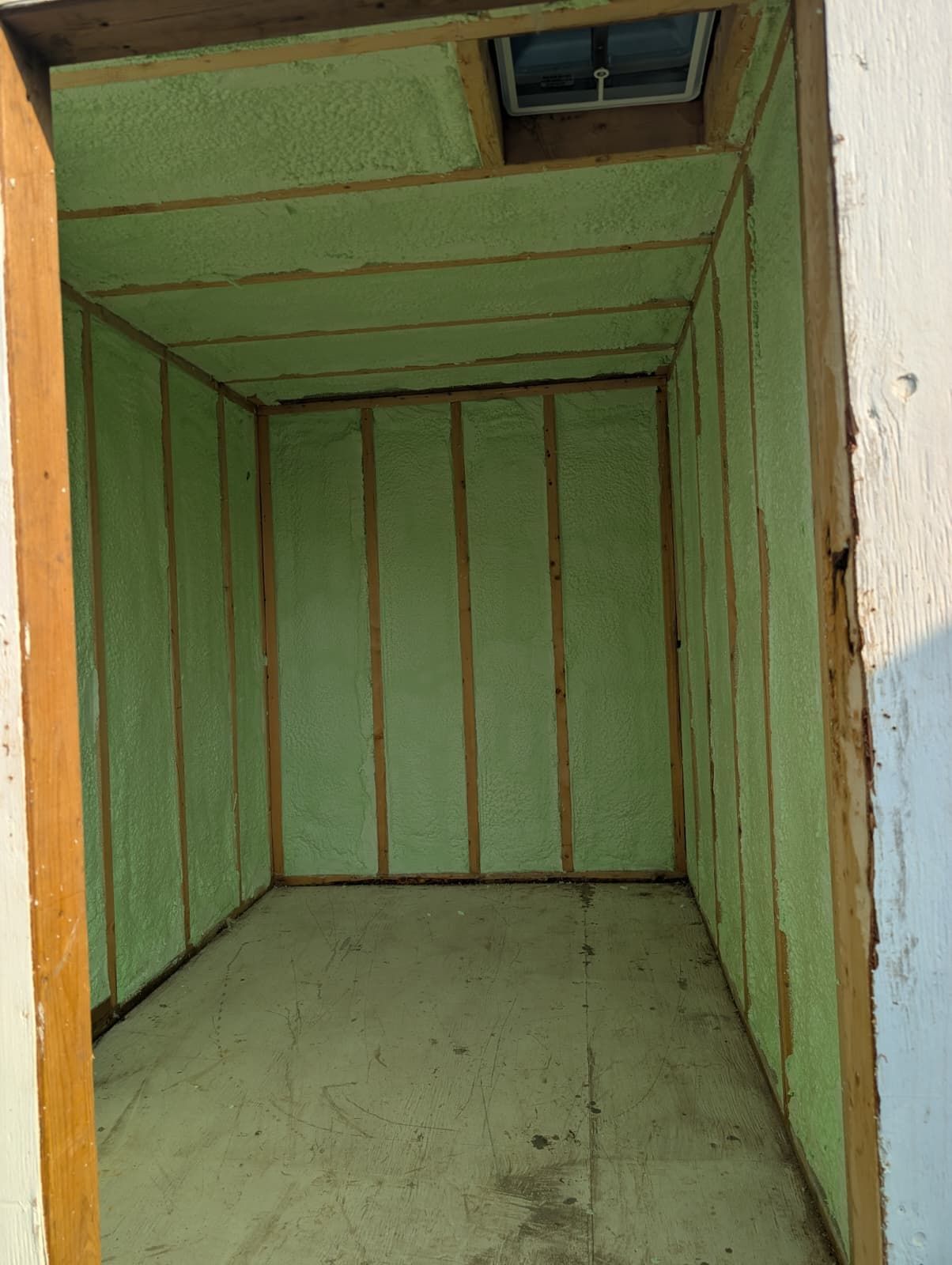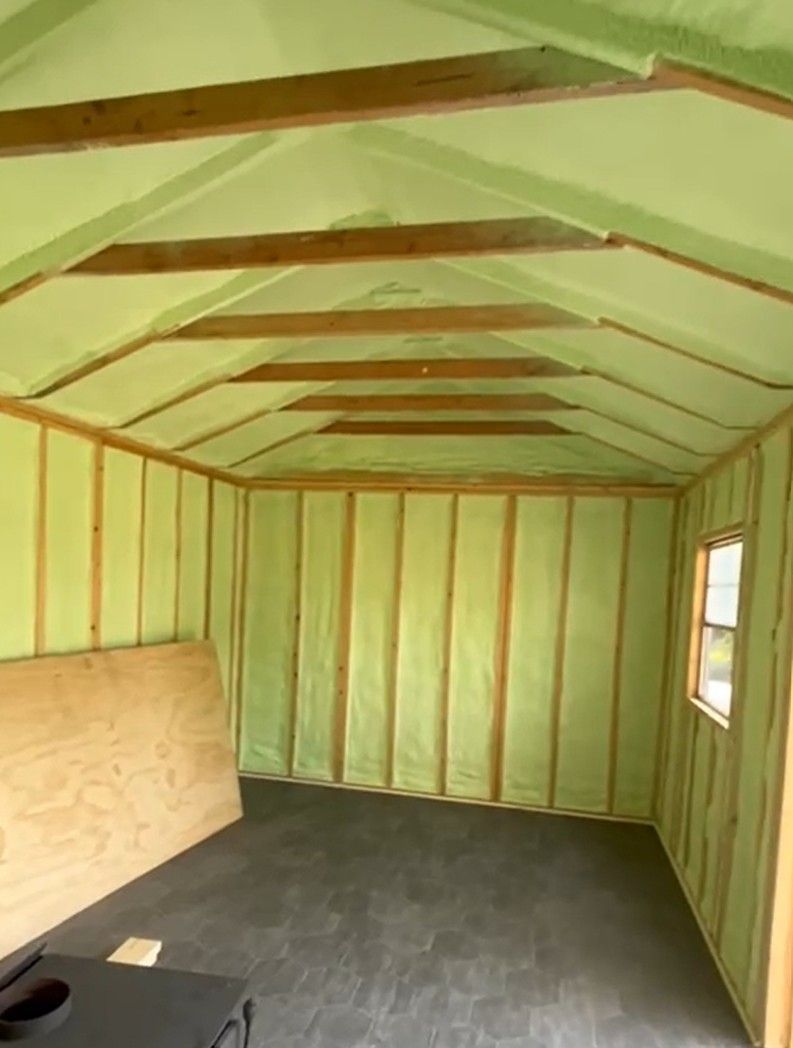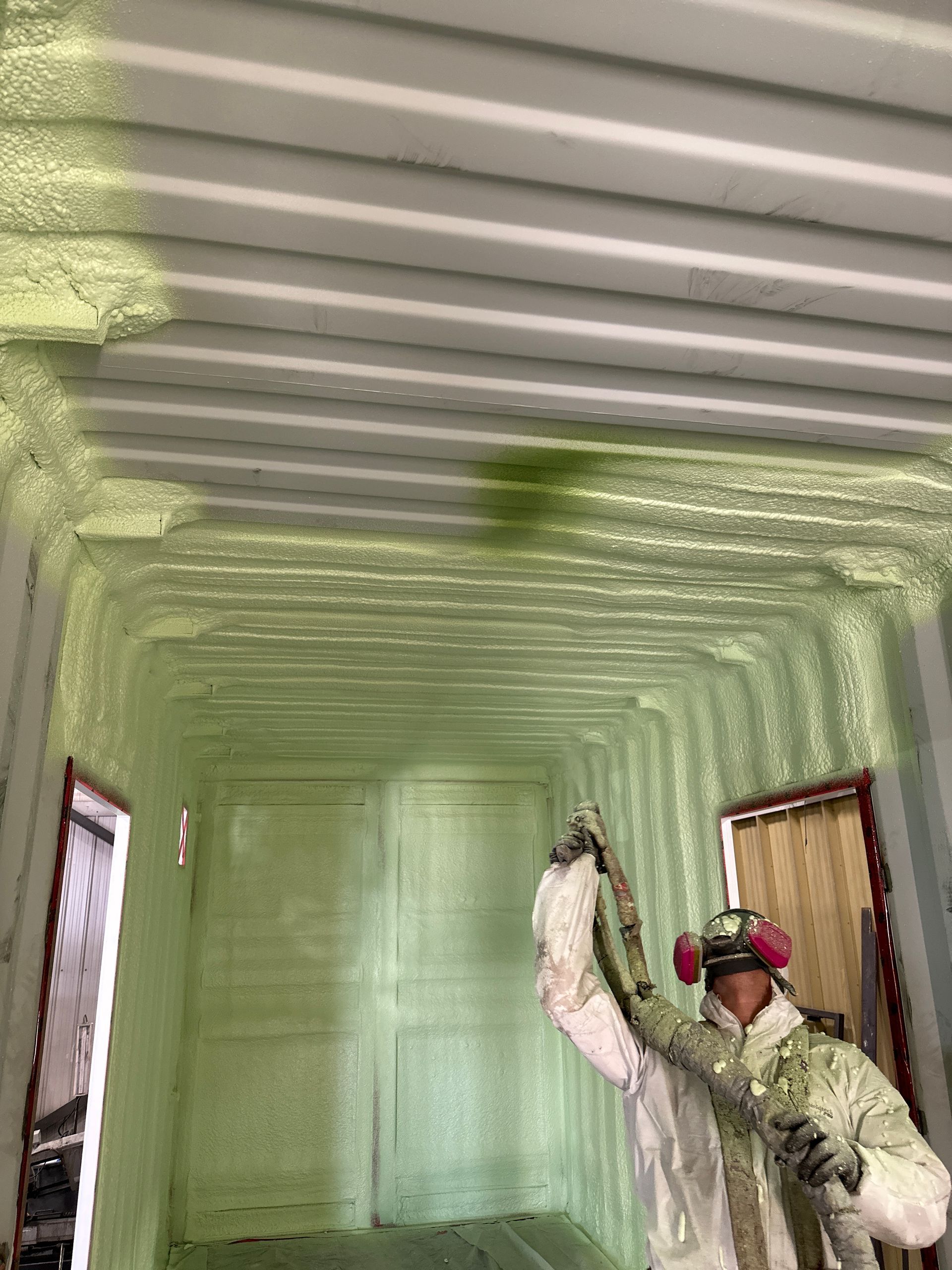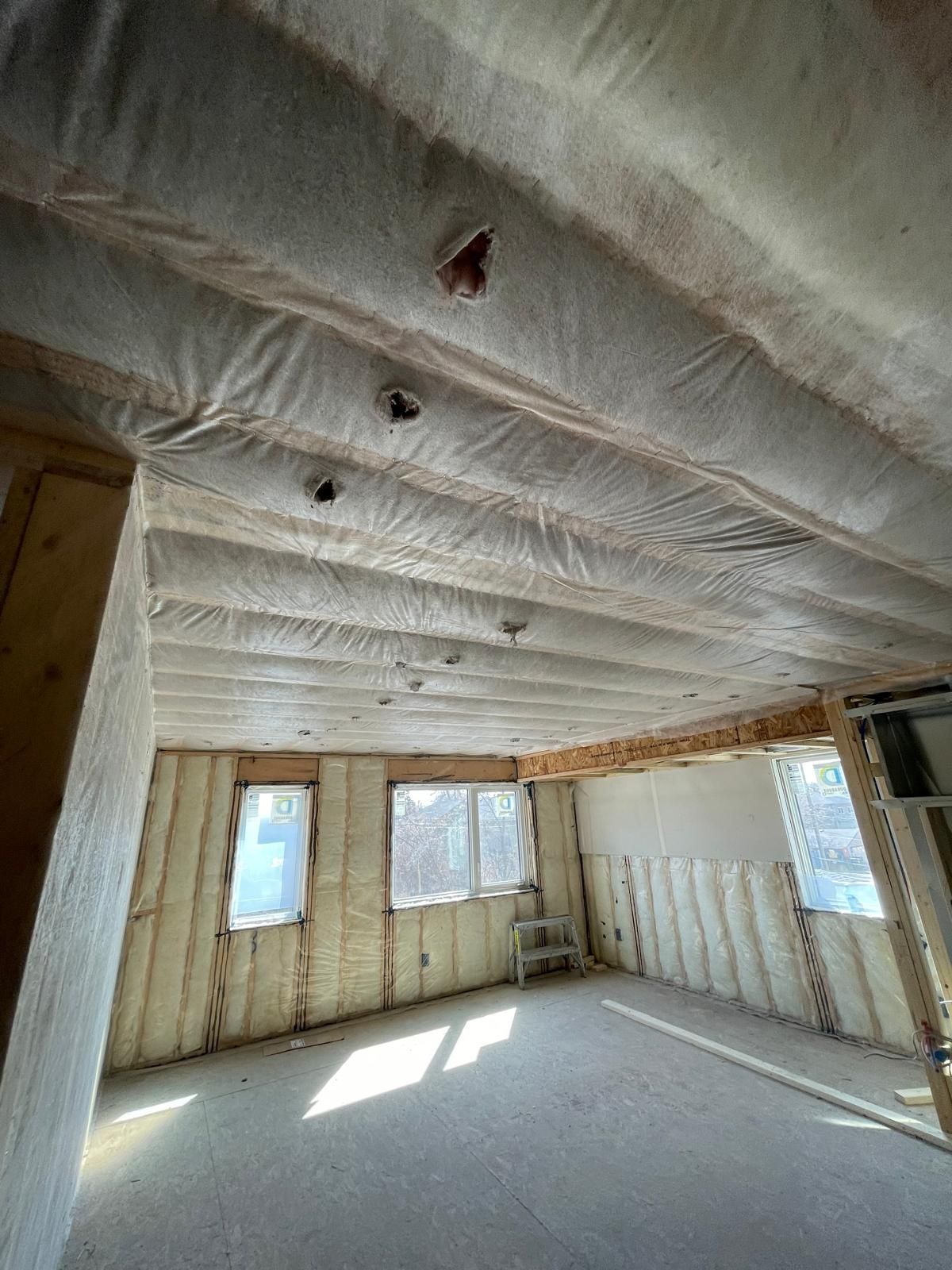By Martha Laverde
•
October 24, 2025
When homeowners and builders search for “Spray Foam Edmonton,” one of the most common questions is: how much does spray foam insulation cost? A standard way to measure this is by the cost per board foot. O ne board foot being one square foot at one inch thickness. Understanding this measurement helps you compare quotes and assess value. What Is a Board Foot and Why It Matters A board foot is a unit often used in the insulation and lumber industries. In spray foam terms, it refers to one square foot of area covered at one inch thick. If a project needs 3 inches of foam over 1,000 square feet, that equals 3,000 board feet. This measurement gives a consistent baseline to compare pricing. Typical Price Ranges in Alberta Across Canada, recent data indicates: Open-cell spray foam typically costs around CAD $0.80 to $1.35 per board foot . Closed-cell spray foam often runs between CAD $1.35 to $1.75 per board foot or more, depending on region, thickness, and complexity. For Alberta and Edmonton specifically, local contractors report rates of CAD $1.35 to $1.65 per board foot for closed-cell, and closer to CAD $0.80 to $1.20 for open-cell, factoring in labour, materials, and local climate challenges. Key Factors That Affect Pricing Foam type (open vs closed‐cell): Closed-cell foam offers higher R-value and moisture resistance, making it more expensive. Sprayfoam Solutions Toronto Thickness required: To meet Alberta building codes, colder zones often need more inches of foam, increasing board foot totals and cost. Area accessibility and complexity: Attics, rim joists, vaulted ceilings or steel building interiors often cost more due to prep, safety, and extra labour. Season & contractor schedule: High demand seasons (spring/fall) may raise prices. Booking early can lock better rates. Local climate and codes: Alberta’s cold winters and code requirements influence material choice and thickness, affecting board foot needs. How to Estimate Your Project Measure the area in square feet and decide how many inches of foam you need. Multiply the square footage by thickness in inches to get board feet. Multiply board feet by your local rate (for example CAD $1.50/board foot for closed-cell). Add labour, prep work (old insulation removal, framing prep) and any extras (thermal barrier coatings, ventilation upgrades). Request detailed quotes from contractors showing board foot rate, foam type, thickness, area size and total project cost. Why It’s Worth Paying for Quality While lower board foot rates may seem appealing, cheaper foam or poor installation can lead to gaps, poor adhesion or lower long‐term performance. A properly installed spray foam system improves comfort, air sealing, moisture control, and energy efficiency, often paying for itself over time. Choosing the Right Contractor When searching “Spray Foam Edmonton,” choose a contractor who: Provides a detailed cost breakdown (board foot rate, foam type, thickness) Is certified and experienced in Alberta climate and building codes Includes prep work, cleanup and warranty in their quote Is transparent about total cost, not just board foot rate Final Thoughts Board foot pricing is a useful benchmark to compare spray foam insulation quotes in Alberta. Understanding local range, factors affecting cost and how to calculate your own project will help you make informed decisions. When installing in Edmonton and surrounding areas, the right contractor, foam type and thickness matter. If you’re ready to get a quote or evaluate your project, contact Aires Spray Foam & Insulation for a professional assessment, detailed cost estimate and reliable service in Edmonton and rural Alberta. #SprayFoamEdmonton #SprayFoamCostPerBoardFoot #InsulationExperts #AlbertaInsulation #EnergyEfficiency #HomeUpgrade
